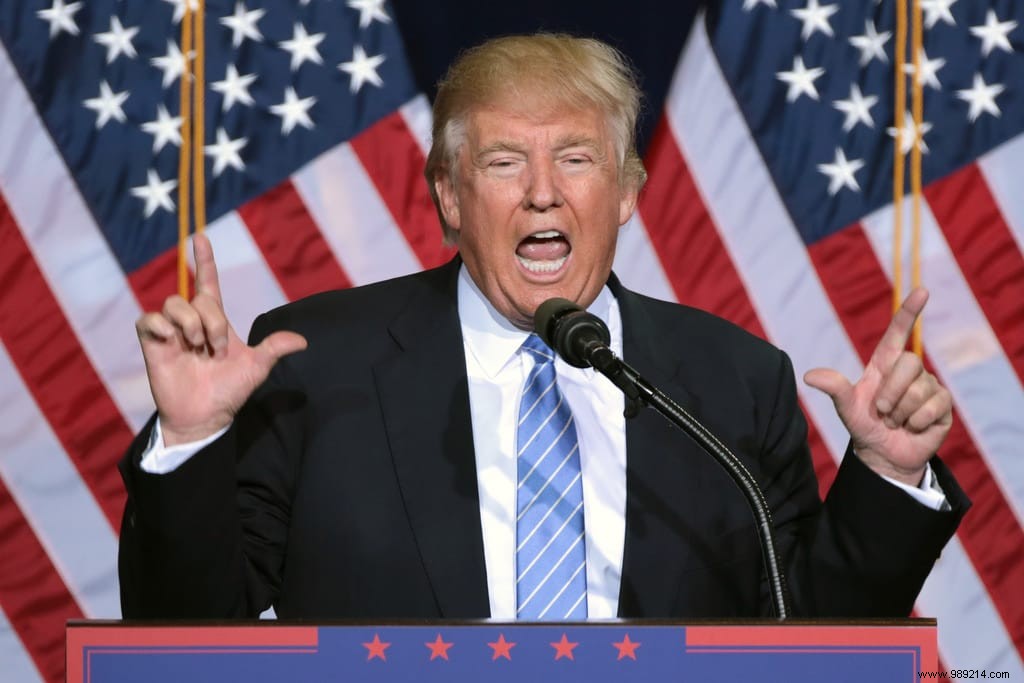A recent study estimates that black Americans are about twice as likely to die from Covid-19 as white people. Latinos and Asians are also better off than them. Thus, this research is a reminder of the significant inequalities that divide the country in terms of health.
The study discussed in this article was conducted and published by the APM Research Lab on May 20, 2020. Titled "The Color of Coronavirus", this study points to the inequalities concerning black people in the United States in the face of Covid-19. Indeed, according to the study, black people are 2.4 times more likely to die from the coronavirus than white people.
You should know that the death rate of Covid-19 among black people is 50.3 per 100,000. In contrast, the rate is "only" 20.7 among whites, followed by Asians (22.7) and Latinos (22.9). Thus, more than 20,000 black people have already lost their lives because of the coronavirus. Considering the entire black population of the United States, the death ratio is 1 in 2,000!
Furthermore, these numbers can vary greatly from state to state. In Kansas, blacks have a death rate seven times higher than whites ! In other states like Wisconsin, that same death rate is six times higher.

Recently, the Trump administration kicked the bucket on this issue, pointing to a prevalence among black people of diseases such as diabetes, obesity and hypertension. These have even been referred to as “higher risk profiles” regarding Covid-19. If the reasons mentioned above can partly explain these differences in mortality, the fact is that inequalities in terms of access to care are glaring. In addition, black people are more exposed to the coronavirus.
Be aware that black people are half as likely to have health insurance than whites. The question of medical deserts is also important since there are many areas where care is rare and expensive. Furthermore, only 20% of Black workers have the opportunity to work from home. However, this rate is 30% among whites.
For some observers, it is very difficult to catch up several decades of progressive digging some inequalities. However, if the Trump (federal) administration has not yet acted on any measure, the key could come from the local level. Indeed, states such as New York and Michigan are currently considering solutions to minimize these inequalities.